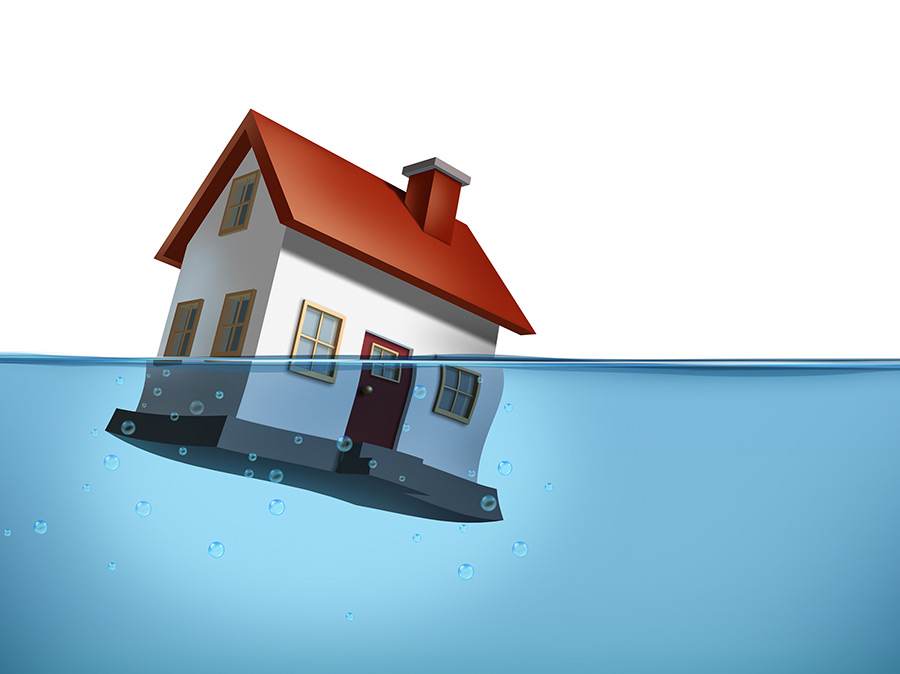Detailing the Six Most Common Causes of Home Water Leaks
Detailing the Six Most Common Causes of Home Water Leaks
Blog Article
This post listed below pertaining to Common Water Leaks In House is exceptionally captivating. Read it for your own benefit and see what you think of it.

Leaks not only create waste of water but can also trigger unnecessary damages to your home and also advertise unwanted organic development. By looking and recognizing for day-to-day scenarios that trigger leaks, you can safeguard your house from future leakages and also unnecessary damage.
Encroaching origins
Many water leaks begin outside the house rather than inside it. If you see a sudden reduction in water stress, state in your faucet, take some time to head out as well as examine your backyard. You may observe damp patches or sinkholes in your yard, and that could mean that tree origins are attacking water lines triggering water to leak out. You can have your plumber look for breach, particularly if you have trees or bushes near your residential or commercial property.
Corroded water systems
This might be the reason of staining or warping on your water pipelines. If our plumbing system is old, think about replacing the pipes given that they are at a higher threat of corrosion than the newer models.
Faulty Pipe Joints
The factor at which your pipelines attach is regularly the weakest web link in the waterline. Pipeline joints can deteriorate with time, causing water leaks. Regrettably, most of pipe joints are not quickly visible. If you have noisy pipelines that make ticking or banging noises, specifically when the warm water is turned on, your pipe joints are most likely under a lot of stress. It is suggested to have your plumber check your system yearly.
Immediate temperature modifications.
Extreme temperature level changes in our pipes can cause them to increase and also get all of a sudden. This development and contraction may create fractures in the pipes, particularly if the temperature level are below freezing. If you maintained an eye on exactly how your plumbing works, it would be best. The visibility of the formerly discussed situations frequently shows a high threat.
Poor Water Connectors
Sometimes, a leakage can be caused by loosened pipes and pipelines that supply your devices. More often than not, changing is what triggers the loose water Links. You might discover in the case of a washing machine, a hose might spring a leakage due to trembling throughout the spin cycle. In case of a water connections leakage, you may see water running directly from the supply line or pools around your devices.
Obstructed Drains
Blocked drains pipes might be irritating and also inconveniencing, but they can occasionally end up triggering an overflow bring about burst pipes. Maintain removing any type of products that may decrease your drains pipes that can block them to prevent such aggravations.
All the above are reasons for leaks yet not all water leaks result from plumbing leaks; some leakages could come from roofing leakages. All leakages need to be repaired instantly to avoid water damage.
Leaks not only trigger waste of water yet can additionally cause unneeded damage to your house and also advertise undesirable organic growth. By looking and comprehending for daily circumstances that trigger leakages, you can shield your home from future leaks and unnecessary damage. Today, we will look at six leak causes that might be triggering your pipelines to leak.
At times, a leakage can be triggered by loosened pipes as well as pipelines that provide your home appliances. In situation of a water connections leak, you may see water running straight from the supply line or pools around your appliances.
How To Check For Water Leak In Your Home
How To Check for Leaks
The average household's leaks can account for nearly 10,000 gallons of water wasted every year and ten percent of homes have leaks that waste 90 gallons or more per day. Common types of leaks found in the home are worn toilet flappers, dripping faucets, and other leaking valves. These types of leaks are often easy to fix, requiring only a few tools and hardware that can pay for themselves in water savings. Fixing easily corrected household water leaks can save homeowners about 10 percent on their water bills.
To check for leaks in your home, you first need to determine whether you're wasting water and then identify the source of the leak. Here are some tips for finding leaks:
Take a look at your water usage during a colder month, such as January or February. If a family of four exceeds 12,000 gallons per month, there are serious leaks.
Check your water meter before and after a two-hour period when no water is being used. If the meter changes at all, you probably have a leak.
Identify toilet leaks by placing a drop of food coloring in the toilet tank. If any color shows up in the bowl after 10 minutes, you have a leak. (Be sure to flush immediately after the experiment to avoid staining the tank.)
Examine faucet gaskets and pipe fittings for any water on the outside of the pipe to check for surface leaks.
Undetected water leaks can happen without the home or business owner even realizing. If you suspect a water leak, but not able to find the source. It is time to contact a professional water leak detection service, The Leak Doctor.
How To Find a Water Leak In Your Home
https://www.leakdoctor.com/blog/How-To-Check-For-Water-Leak-In-Your-Home_AE197.html

Hopefully you liked our excerpt about How to detect water leaks in your home. Thanks a ton for finding the time to read through our blog post. I beg you take the opportunity to promote this article if you appreciated it. Thanks for going through it.
Or Book Technician Here Report this page